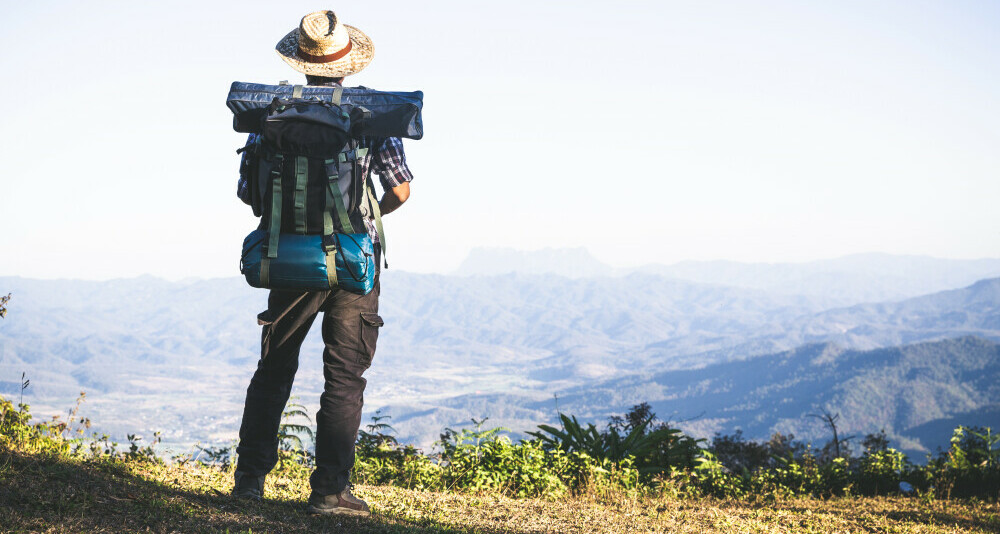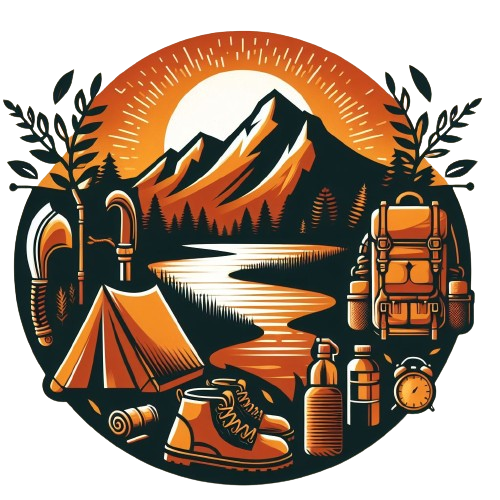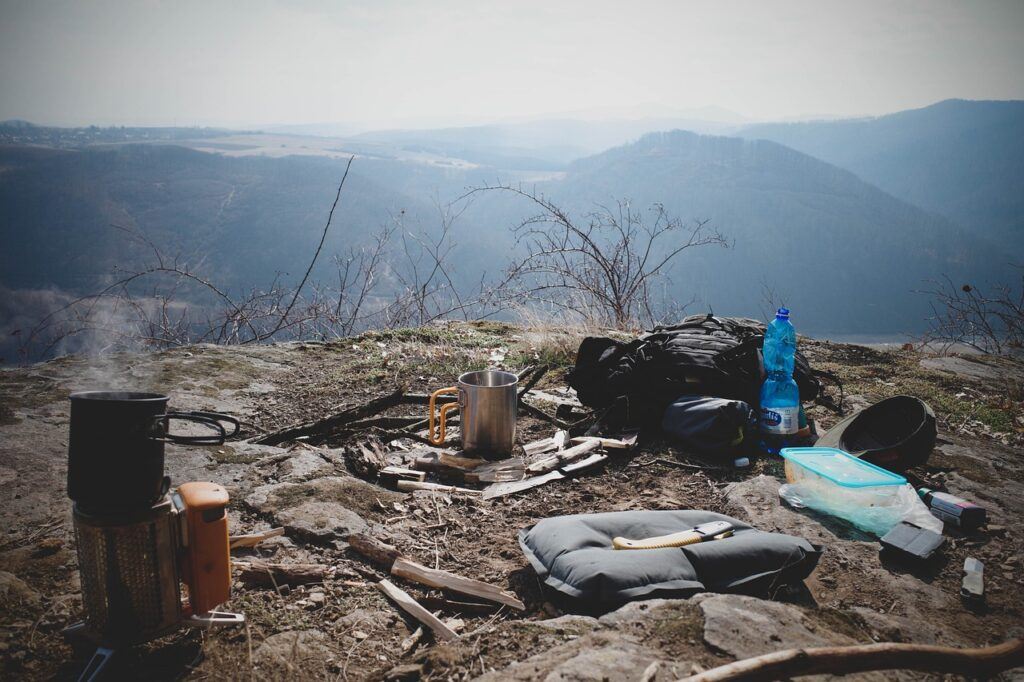For novice campers, the prospect of organizing camping gear can be daunting. Where do you start? Begin by creating a checklist of essential items you’ll need for your trip. This could include shelter (tent, hammock), bedding (sleeping bag, pad), cooking equipment (stove, utensils), clothing, and personal items. Once you have your checklist, categorize items based on function to streamline packing and unpacking processes.
When packing, use clear, labeled storage bins or waterproof bags to keep items organized and easily accessible. Utilize the space inside your vehicle efficiently by strategically placing heavier items at the bottom and lighter ones on top to prevent shifting during transit. Additionally, consider investing in collapsible storage solutions to maximize space in your campsite.
Top Storage Solutions for Your Camping Essentials
Effective storage solutions are essential for maintaining order in your campsite. Invest in a quality camping gear organizer or storage rack to keep frequently used items within reach. Hanging organizers with multiple compartments are ideal for storing smaller items like cooking utensils, toiletries, and electronics.
For larger gear such as tents and sleeping bags, opt for durable duffel bags or compression sacks to save space and protect items from moisture and dirt. Utilize carabiners and bungee cords to secure gear to the exterior of your backpack or vehicle, freeing up valuable space inside.
Get yourself carabiners and waterproof dry sacks.
Proven Methods to Maintain Order in Your Campsite
Once you’ve arrived at your campsite, maintaining organization is key to a stress-free experience. Designate specific areas for different activities, such as cooking, sleeping, and recreation, to minimize clutter and confusion. Keep your cooking area separate from your sleeping area to prevent food odors from attracting wildlife.
Establish a system for dirty laundry and trash disposal to keep your campsite clean and sanitary. Bring reusable bags for collecting trash and dirty laundry, and dispose of them properly according to Leave No Trace principles. Remember to pack out everything you pack in to preserve the natural beauty of the wilderness.
How Proper Gear Organization Enhances Your Camping Experience
Efficient gear organization not only saves time and reduces stress but also enhances your overall camping experience. By knowing exactly where to find your gear when you need it, you can spend less time searching and more time enjoying nature with friends and family.
Furthermore, a well-organized campsite promotes safety by reducing tripping hazards and minimizing the risk of accidents. Knowing that your gear is securely stored and easily accessible provides peace of mind, allowing you to fully immerse yourself in the joys of outdoor adventure.

In addition to the strategies outlined above, consider the following tips to further optimize your camping gear organization:
- Pack strategically: Place frequently used items in easily accessible pockets or compartments of your backpack. Reserve the bottom of your pack for heavier gear that you won’t need until you set up camp.
- Utilize multipurpose items: Choose gear that serves multiple functions to minimize the number of items you need to pack. For example, a multifunctional tool can replace separate knives, scissors, and screwdrivers.
- Label everything: Use waterproof labels or a permanent marker to label your storage bins and bags. This will help you quickly identify the contents and avoid rummaging through multiple containers.
- Create a gear checklist: Develop a comprehensive checklist of all your camping gear, including quantities and conditions. Refer to this checklist before and after each trip to ensure you haven’t forgotten anything and to assess the condition of your gear.
- Invest in quality gear: While it may be tempting to opt for cheaper alternatives, investing in high-quality gear will save you money in the long run. Durable, well-made equipment is less likely to break or malfunction, reducing the need for frequent replacements.
- Practice good maintenance: Regularly clean and inspect your gear to prevent damage and prolong its lifespan. Treat leather boots with conditioner, clean tents and sleeping bags according to manufacturer’s instructions, and store equipment in a dry, climate-controlled environment when not in use.
By implementing these additional strategies, you can further enhance the organization and functionality of your camping gear, ensuring a seamless and enjoyable outdoor experience for years to come.
Here’s a little transparency: Our website contains affiliate links. This means if you click and make a purchase, we may receive a small commission. Don’t worry, there’s no extra cost to you. It’s a simple way you can support our mission to bring you quality content.

